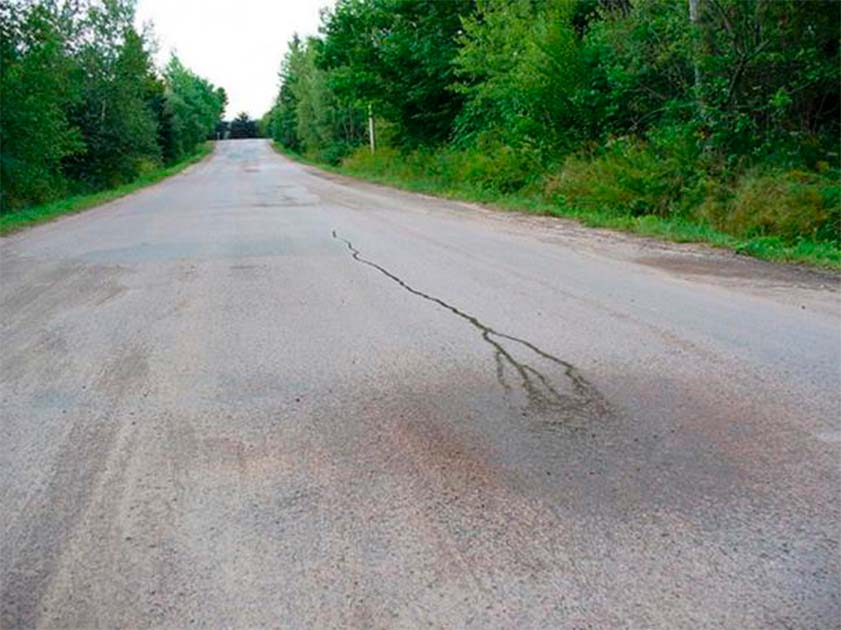Gravity hills present a peculiar spectacle where objects seemingly move uphill, defying the gravitational pull. Imagine pouring water on the slope of the hill and watching it flow upwards rather than cascading down as you would typically anticipate.
These anomalies are also known as magnetic hills or mystery hills, each term hinting at the various attempts made to understand this odd occurrence. Found in numerous locations globally, many such hills have been documented within the United States. Their apparent disregard for natural laws has turned them into sites of tourism.
What Transpires on a Gravity Hill?
Gravity hills appear to contradict fundamental physics principles. If you place an object like a ball on an incline, gravity should naturally pull it downwards. However, on gravity hills, it seems to move uphill instead.
Several theories have been proposed to rationalize these hills’ existence, often reflected in the names given to these hills.
For instance, the term ‘gravity hill’ implies that the gravitational forces on such hills are unequal. That is, the force at its base is weaker than at its higher points, compelling objects to ascend its slope. While gravity isn’t uniform worldwide (areas closer to the equator experience slightly weaker gravitational pull than those further away), it’s worth noting that there are no scientifically validated areas where gravity behaves differently than expected. Therefore, the explanation that gravity hills result from varying gravitational pulls might not be entirely satisfactory.

Supernatural and Optical Illusion Theories
Others resort to supernatural explanations for gravity hills. For instance, there’s a gravity hill in Lake Wales, Florida, associated with a local legend of a grand battle between a giant alligator and a Native American chief. The ghost of one of them supposedly created a lake at the site, causing the gravity hill phenomenon.
In other cases, supernatural entities aren’t directly linked to the hill’s formation but are incorporated into the narrative for added intrigue. Take, for instance, a gravity hill in Pennsylvania, located “Just off Route 219 in Brandy Camp, Elk County,” allegedly haunted by the spirits of deceased horses.

Yet another, and perhaps the most plausible explanation, attributes gravity hills to an optical illusion. This theory proposes that the terrain and surrounding landscape manipulate our perception, leading us to interpret a downhill slope as uphill. The effects of this optical illusion remain a source of fascination, even when the illusion’s mechanism is understood.
This optical illusion has been employed in various tourist spots known broadly as ‘mystery spots.’ Originating during the Great Depression era in the United States, these attractions usually involve a small entry fee and a structure where gravity seems to be defied. To lure more visitors, fantastical stories often accompany these sites.
The Saga of Chipalope Chester the First
In Piercy, California, one such attraction is Confusion Hill. The owners assert that a creature called the Chipalope (a hybrid of chipmunk and antelope) originated here. The story goes that two chipmunks and two antelopes were strolling side by side in the woods when a sudden, violent storm filled with thunder, lightning, earth tremors, and howling winds transformed them into a pair of chipalopes.

The tale further narrates that the male chipalope, named ‘Chester the First,’ became sentient and decided that he and his mate Rose needed to hide from humans, only venturing out onto Confusion Hill during the quietest hours of night or early morning.
Top Image: A gravity hill located near Leh in Ladakh, India. The hill is alleged to have magnetic properties strong enough to pull cars uphill. Source: navintar /Adobe Stock
By Wu Mingren